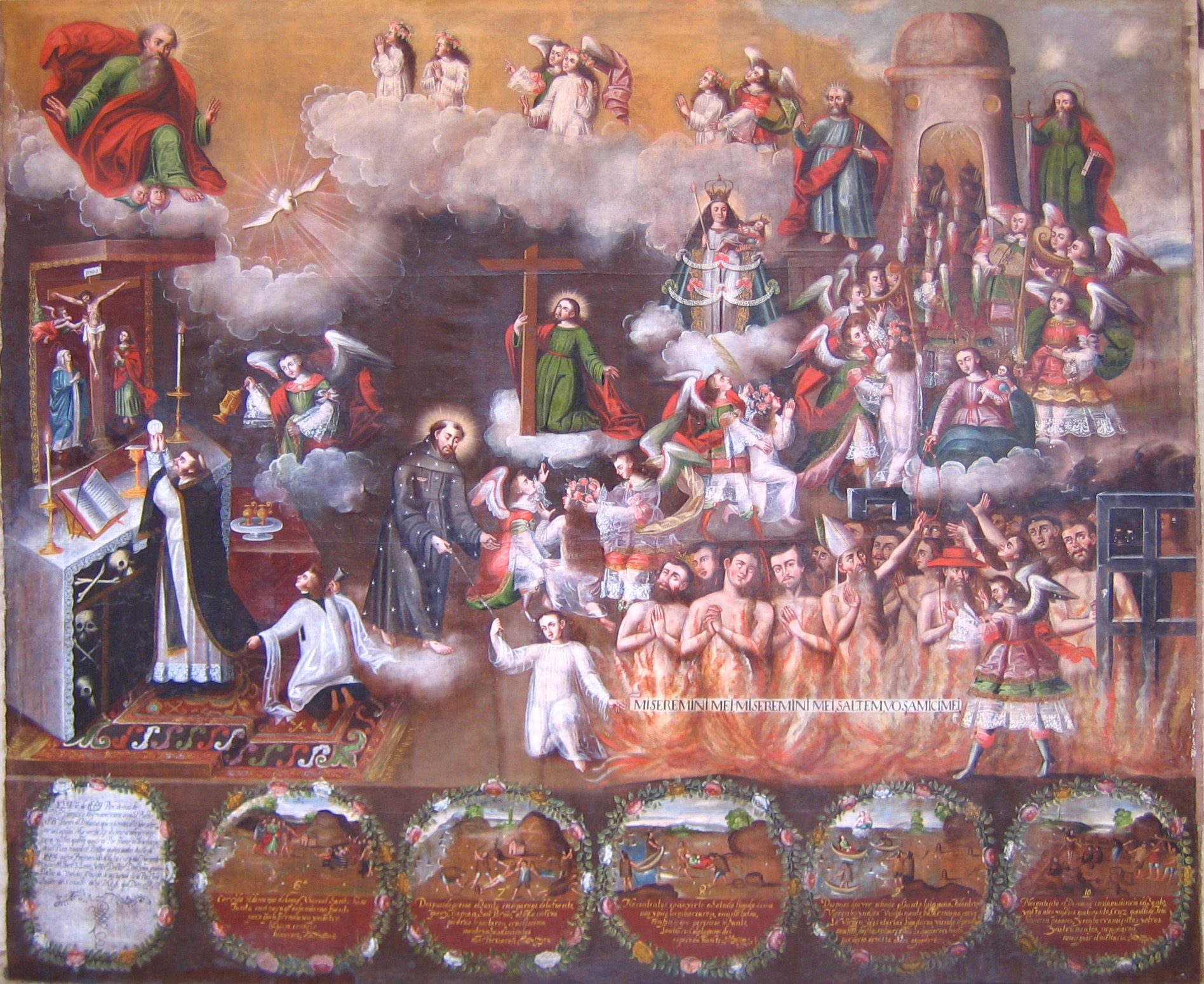Influence of the architecture of the temple of Carabuco in the transmission of the evangelizing message in Los Andes, Bolivia
DOI:
https://doi.org/10.18861/ania.2022.12.1.3240Keywords:
Carabuco church, aftermath, conversion architecture, evangelizing message, desing in the Andes of BoliviaAbstract
The hypothesis of this article is to show the influence of the architecture of the Carabuco temple in the transmission of a message of importance for the time, in the syncretic context of the Bolivian Andes. For this, the history of the temple is told with data obtained from inventory books from 1717 to 1768 and lagging documents found in the Archbishop's Archive of La Paz together with the description and architectural analysis of the exterior and interior taking into account the character evangelizer of most of the religious buildings in Charcas. To achieve this goal, a detailed field work was carried out to survey the temple. The conclusions reached show the undoubted influence of architecture on visual communication with an evangelizing announcement, which makes this temple one more example of the design effort to adapt to a different context.
Downloads
References
AALP. Inventario de la Iglesia de Carabuco, Archivo del Arzobispado de La Paz, 1717-1768.
AALP. Jhp de Peraltta, Bernardo. (15 de septiembre de 1770). [informe para (Iglesia de Carabuco)].
Cajías F., de Mesa J. (19 de agosto de 1983). [suscribe (Instituto Boliviano de Cultura y la Comisión de Arte Sacro del Arzobispado de La Paz)]. Original en posesión del Museo de Arte Sacro del Arzobispado de La Paz.
Arrián Cuellar S. (2016). El imaginario barroco en Bolivia. Imagonautas: revista Interdisciplinaria sobre imaginarios sociales, Nº. 8, pp. 98-113
Bandelier, A. F., & Claros Arispe, E. (2011). La cruz de Carabuco en Bolivia. REVISTA CIENCIA Y CULTURA, 27, 166-189.
Espinosa Spínola, G. (1999). Arquitectura de la Conversión y Evangelización en la Nueva España durante el siglo XVI. Universidad de Almería.
Gisbert T. y Mesa J. (2012). Historia del Arte en Bolivia. Periodo Virreinal. Editorial Gisbert.
Kubler, G. (1984). Arquitectura mexicana del siglo XVI. Fondo de Cultura Económica.
López M. del P. (2015). Altares, retablos, púlpitos y coros: elementos del mobiliario religioso colonial. REVISTA CREDENCIAL, octubre 14. http://www.revistacredencial.com/credencial/historia/temas/altares-retablos-pulpitos-y-coros-elementos-del-mobiliario-religioso-colonial.
Matas J. (2013). Un recorrido por Carabuco. Universidad Católica Boliviana “San Pablo”.
Mesa J. & Gisbert T. (2002). Monumentos de Bolivia. Editorial Gisbert.
Valadés. D., Retórica cristiana, (Obra publicada en Perusa en 1579), 2da. Edición México D.F., Plaza y Valdés, 1993.
Quisbert P (Eugenia B. ed.). 2015. Bolivia, su historia. T. 2. La experiencia colonial en Charcas S. XVI – XVII. La Razón.
Van den Berg H. (1993). La cruz de Carabuco en La iglesia de Carabuco. Universidad Católica Boliviana.
Windus, A. (2016). Arquitectura eclesiástica, topografía y comunicación religiosa en el altiplano boliviano colonial. Revista IBEROAMERICANA. América Latina - España - Portugal, 16(61), pp. 17-35. https://doi.org/10.18441/ibam.16.2016.61.17-35.
Windus A. y Crailsheim E. (2013). Image - Object - Performance. Mediality and Communication in Cultural Contact Zones of Colonial Latin America and the Philippines. Encuentros culturales y los discursos de la erudición, Banda 5. [Libro pdf]. Waxmann Verlag GmbH.
Windus, A., & Eichmann Oehrli, A. (2016). Comunicación religiosa en la América andina Colonial. Representaciones, apropiaciones y medios (siglo XVI-XVIII). Revista IBEROAMERICANA. América Latina - España - Portugal, 16( 61), pp. 9-15. https://www.academia.edu/.
Windus, A., & Eichmann Oehrli, A. (2013). La (Re-)construcción de espacios sagrados. Los proyectos hierotópicos de isla del Sol/Copacabana, Carabuco y La Plata. Conferencia en el VIII Encuentro internacional sobre el barroco, Perú.

Published
How to Cite
Issue
Section
License
Copyright (c) 2021 Josefina Leonor Matas Musso, Cristian Mariaca Cardona, María Belén Crespo Pereira

This work is licensed under a Creative Commons Attribution 4.0 International License.
The journal and its contents are licensed under the Creative Commons - Attribution 4.0 International License (CC BY 4.0). It is possible to copy, communicate and publicly distribute its content as long as the individual authors and the name of this publication are cited, as well as the publishing institution (Universidad ORT Uruguay).

